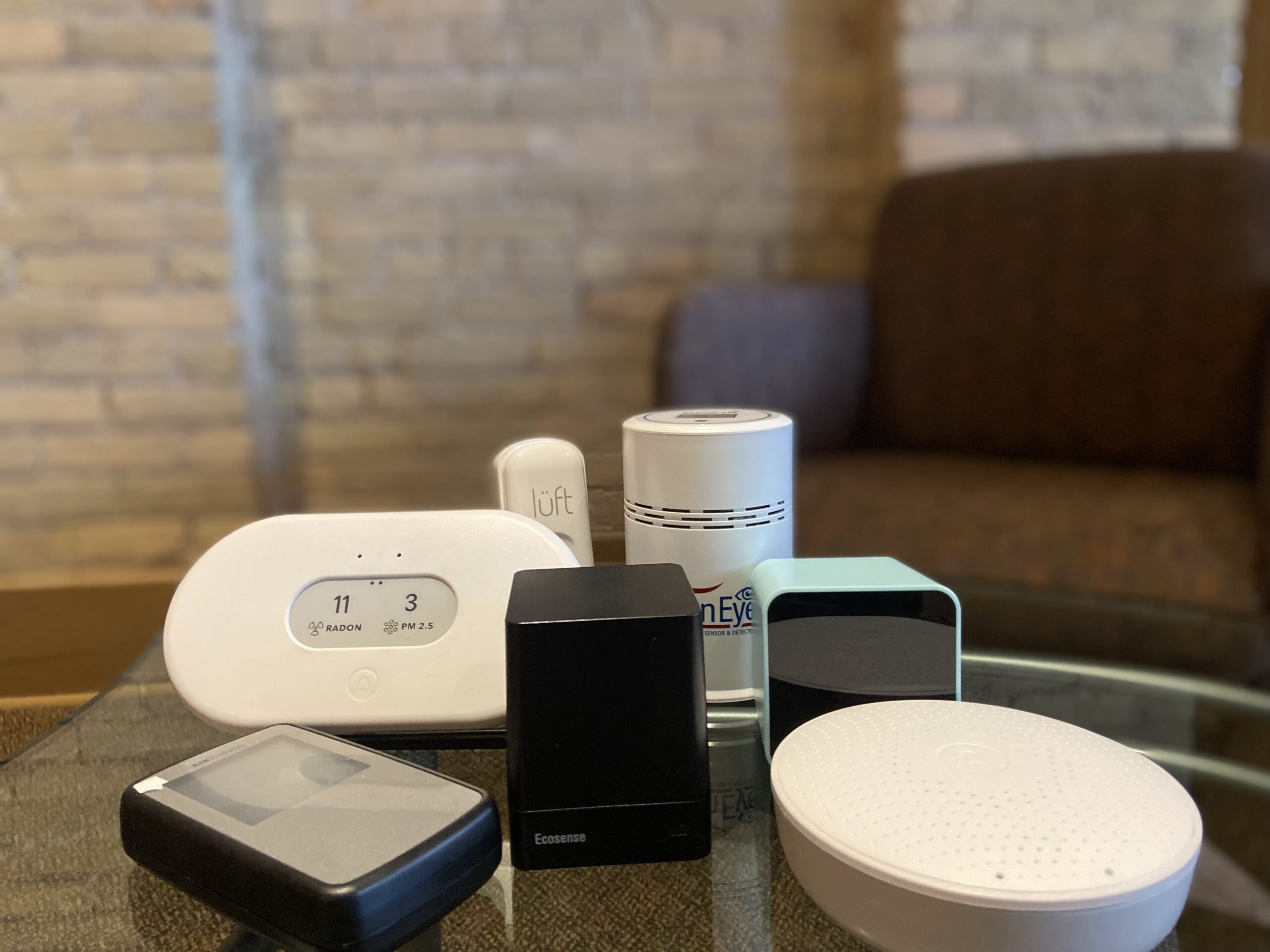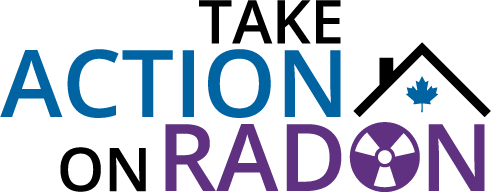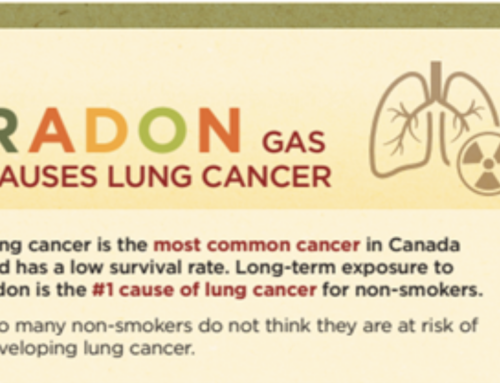
1 November 2023 : As Canadians brace for the cold weather, this November takes center stage as Radon Action Month with the release of a report by the Canadian National Radon Proficiency Program (C-NRPP). The report offers recommendations to evaluate indoor air quality and safeguard Canadians against lung cancer from radon exposure.
“Radon continues to be a leading cause of lung cancer in non-smokers,” says Nancy Wirtz, Manager, Cancer Prevention at the Canadian Cancer Society. “It’s estimated that there are more than 3,000 lung cancer deaths related to radon in Canada every year. This is why it’s important that Canadians know they can control their risk from radon by testing their homes and reducing their exposure,” she adds.
In October 2021, Winnipeg native Corie Haslbeck received a devastating stage 4 lung cancer diagnosis after being exposed to elevated levels of radon. It was only after her diagnosis that she and a friend began discussing the potential link between radon exposure and lung cancer.
“We both decided to test our homes. I used two test kits which both recorded a radon level above the government’s recommended 200 Bq/m³,” says Corie. Now, Corie is urging others to test their home in the hopes of raising greater awareness about the dangers of radon exposure.
Radon is a naturally occurring radioactive gas, present in the air we breathe, often building up to hazardous concentrations in homes and other structures.
As Canada intensifies its efforts to build more energy-efficient and airtight homes, indoor air quality becomes more of a concern. This has led to an ever-expanding range of radon testing options, including digital radon monitors equipped with digital displays and smartphone apps that offer an innovative alternative to traditional single-use detectors that require lab analysis.
The first step that Canadians can take to protect themselves against lung cancer is to test their home for radon. Health Canada recommends a three-month testing period due to the weekly fluctuations in radon levels, allowing for a more accurate reading of the potential risk.
Traditional single-use radon detectors are designed to be left in place for three months, then sent to a lab for analysis. Priced at approximately $60, these remain the most cost-effective option.
At a time when many households are mindful of their budgets, homeowners will be glad to know that a variety of programs exist to minimize costs.
“A growing number of public libraries loan digital radon monitors to patrons, offering a cost-effective solution for those concerned about indoor air quality,” says Pam Warkentin, Project Manager at Take Action on Radon, a national awareness program. “Free radon test kits are also distributed in certain communities by municipalities, Public Health Agencies, and the 100-Radon Test Kit Challenge,” adds Warkentin. To find out more about these programs, visit www.takeactiononradon.ca.
The C-NRPP report was designed for homeowners and details the unique features of models available in Canada. It evaluates accuracy and identifies devices to avoid.
“By and large, the new digital radon monitors have been performing well and are attractive to those who appreciate real-time data insights,” says Dr. Anne-Marie Nicol, Associate Professor at Simon Fraser University. “With such a wide choice of radon testing options available, there is something for everyone. It’s easy: Protect your health. Test your home for radon!”
FACTS:
- Over 3,000 Canadians a year die from radon-related lung cancer.
- 30% of cases are non-smokers.
- 19% probability of surviving lung cancer 5 years after diagnosis.
- 7% of homes in Canada are affected by high levels of radon.
Continue Reading




